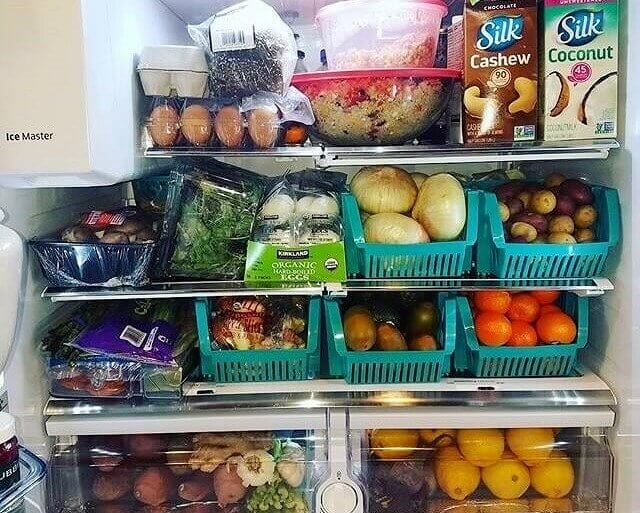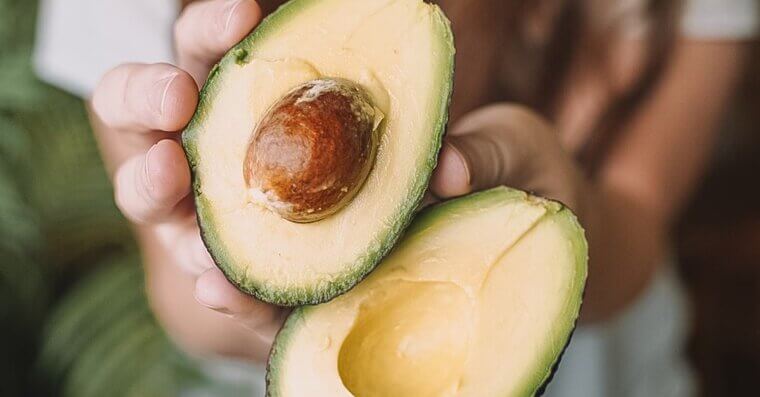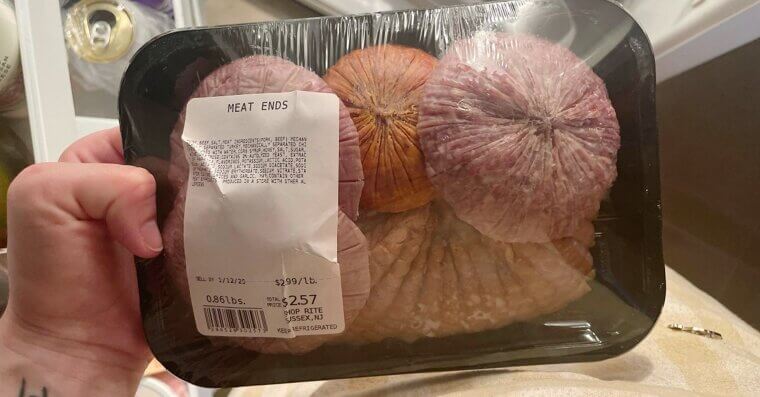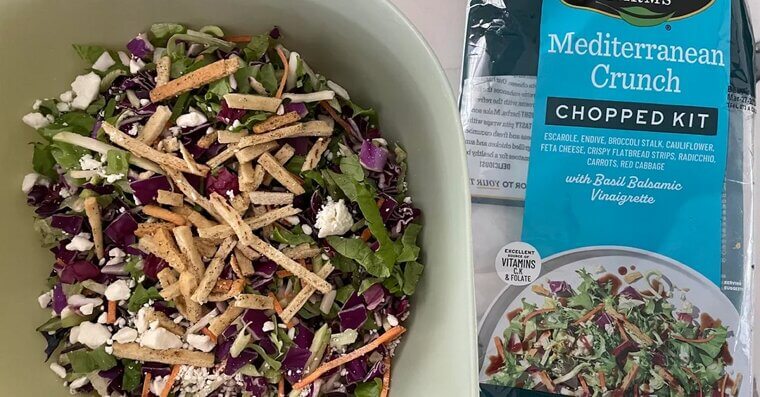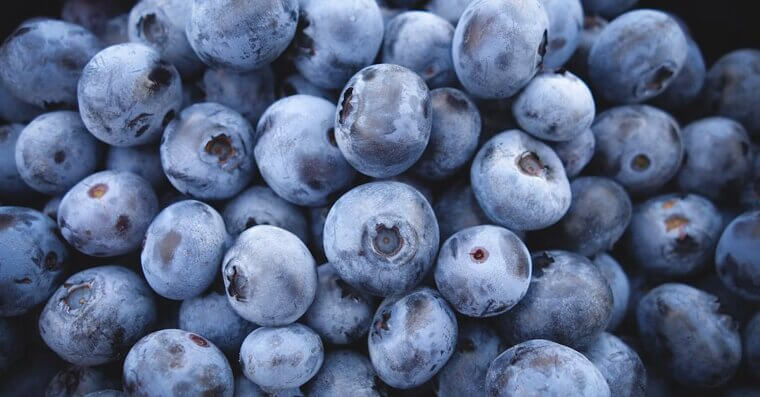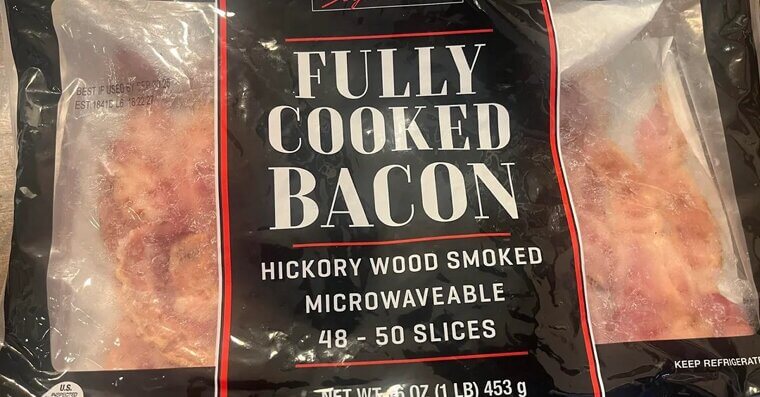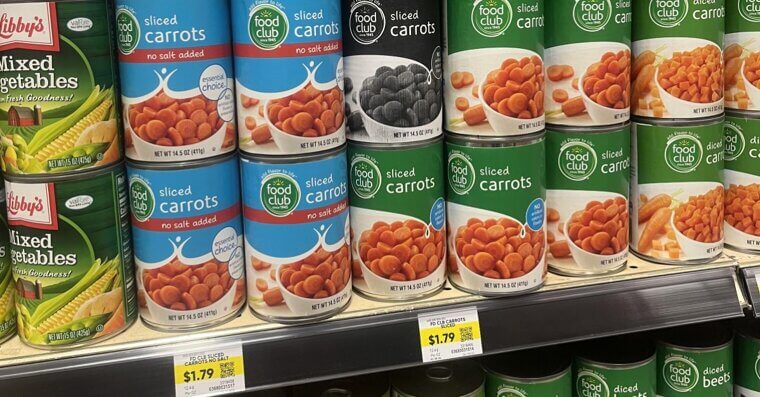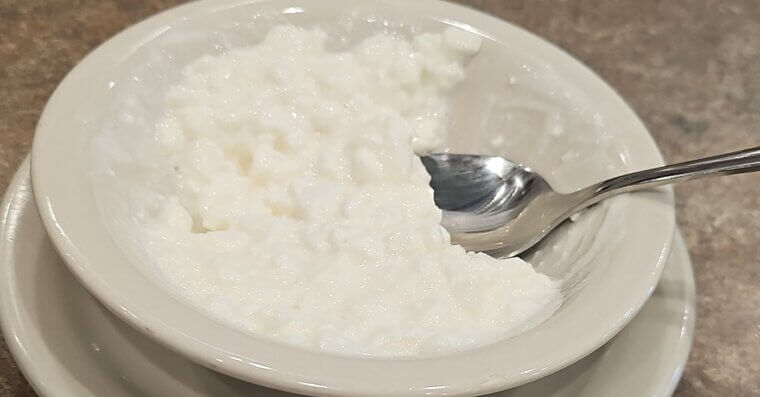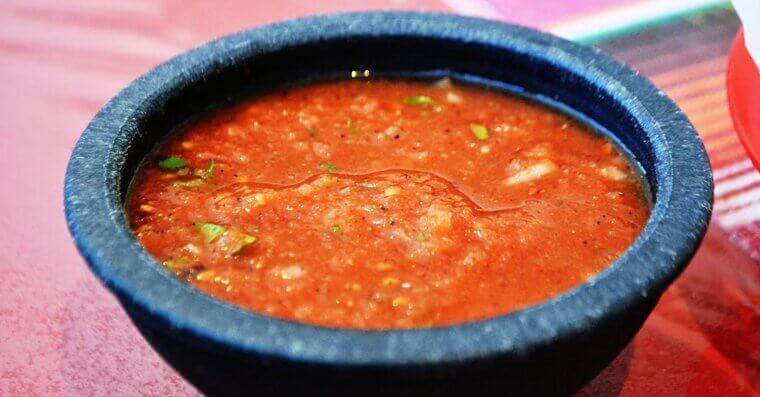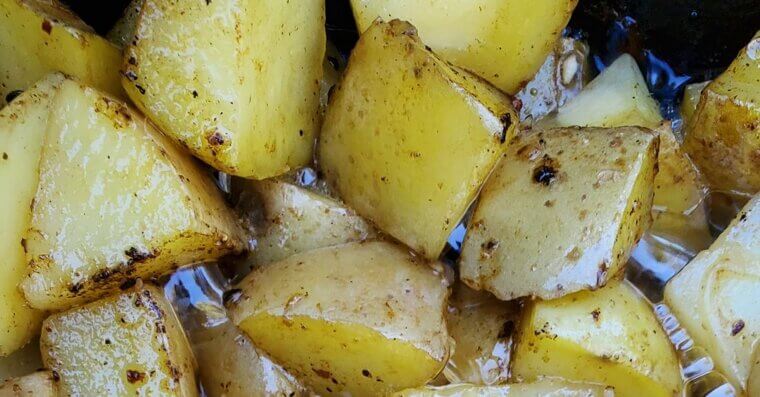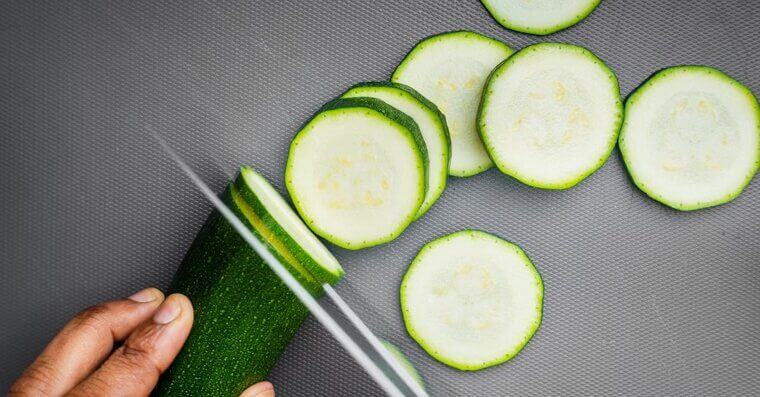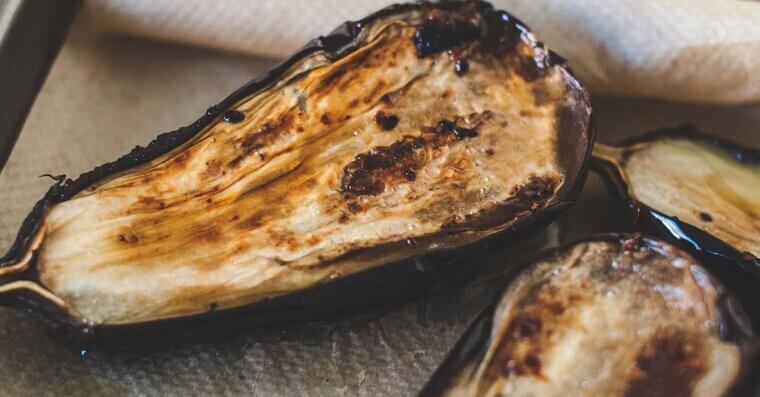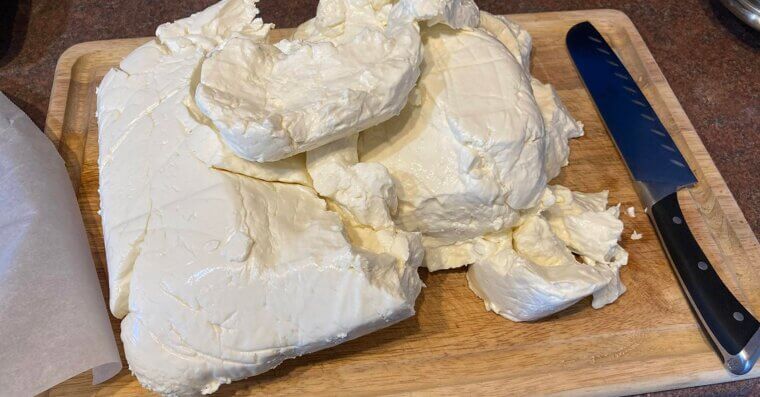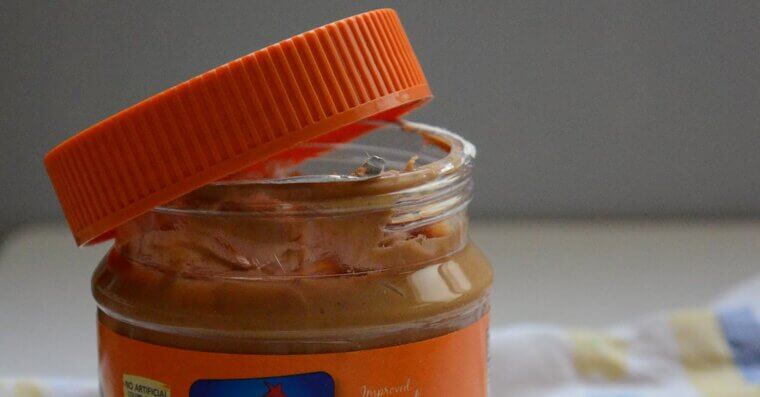Short-Lived Foods
Fridges are without a doubt a wonderful invention, but they can’t work miracles. Unfortunately, not everything keeps as long as we think. Some foods – these 35 ones for a start - are surprisingly fragile and simply don’t survive in the fridge for that long.
Strawberries
Strawberries are beautiful and delicious and beloved by all, but they’re also super high-maintenance. Even in the fridge, they can start molding in just a couple of days. Moisture and bruising speed things up, so storing them dry, unwashed, and in a breathable container helps.
Lettuce
Lettuce functions like a sponge, soaking up fridge humidity and starting to brown within days. Even if you keep it in a crisper drawer or wrapped in paper towels, there’s nothing you can do to save it. Many a person has kept their lettuce for over three days and opened their fridge to find it a slimy mess.
Fresh Herbs
You need to know how to store your fresh herbs if you want to cook with them. Cilantro and parsley can survive a week in the fridge, but as for basil - keep it in water on the counter, not the fridge, or it’ll turn black and soggy pretty fast.
Soft Cheeses
Soft cheeses are sometimes the most delicious things on earth, but they don’t hang around long. Alas, brie and its sisters can develop a funky smell or mold within just a week of opening. Feta can last a bit longer if submerged in its brine, but soft cheeses generally demand you eat them fast.
Cut Avocados
Once you slice an avocado open, it’s a race against time. Even with a squeeze of lemon or airtight wrap, the exposed flesh of the millennial favorite darkens in just a day or two. If you’re not planning to eat it immediately, mashed guacamole is slightly more forgiving.
Fresh Mushrooms
Fresh mushrooms are deceptively fragile. They’re mostly water, so once they go in the fridge, they start to shrivel or get slimy in just a few days. Keep them in a paper bag rather than a plastic container to extend their life slightly.
Cut Watermelon
Everyone loves a bit of watermelon in the summer, but you have to be careful how you store it. Their high water content and exposed flesh mean bacteria can sneak in fast, even when chilled. It will really only be good for just two to three days before the texture turns mushy.
Cooked Rice
Cooked rice might seem harmless, it's in virtually every kitchen after all, but it’s a sneaky one. It can host bacteria like Bacillus cereus if not cooled quickly, which can easily put you in the ER. It also generally loses its texture within three to four days. Really it might be best to eat your rice as soon as you cook it, rather than storing it in the fridge.
Soft Berries-Based Smoothies
If you make a smoothie with berries, remember that you can’t store it for very long. In the fridge, the enzymes and bacteria in fresh ingredients start breaking it down fast. One day is usually fine, but beyond that and it might start to ferment.
Seafood
Even when properly refrigerated, shrimp, salmon, and scallops are usually good for only a day or two past purchase. The smell is the first warning sign, so absolutely do not eat it if anything smells off. If you want a longer lifespan for your seafood, freezing is the way to go.
Opened Deli Meats
Deli meats are great for quick sandwiches, but once the package is opened, the clock starts ticking. Even in the fridge, they usually last three to five days before developing off smells or sliminess. And as soon as that happens, you should throw them away.
Cooked Pasta
Cooked pasta doesn’t last long unfortunately. Leftover spaghetti or macaroni can go from firm to mushy in just a few days. Bacteria grow faster in moist, starchy foods, so most cooked pasta should be eaten within three to five days.
Bagged Salad Mixes
Pre-washed salad mixes are convenient, but the washing process shortens shelf life. So many folks put them in the fridge thinking they’ll be fine and are then horrified when they start turning slimy in just a few days. Watch out for the edges of leaves first—they brown fast, signaling the whole bag isn’t far behind.
Sliced Tomatoes
Whole tomatoes can hang out a while on the counter, but once you slice them, the trouble starts. Moisture and air exposure make sliced tomatoes prone to mold and sogginess within a day or two. People put them in the fridge, but really, eating them quickly is the only safe bet.
Peeled Fresh Ginger
Ginger root is tough and long-lasting, but peel it and suddenly it’s vulnerable. Once the protective skin is gone, the exposed flesh dries out and can develop mold within a week, even in the fridge. If you see anything on it that looks like mold, throw it away immediately.
Cooked Poultry
Cooked chicken or turkey is great for leftovers, but don’t wait too long. Even chilled, these foodstuffs usually last three to four days before bacteria can become a concern. Many people have gotten sick from eating them when they shouldn’t have – don’t let the next one be you.
Soft Tofu
Soft tofu is delicate and watery, which makes it extremely perishable. Put in in the fridge and it can develop a sour smell or slimy texture pretty quickly, universal “do not eat” signals. Keeping it submerged in fresh water, changing it daily, can help slightly.
Opened Yogurt
Once yogurt is opened, it’s on borrowed time. Even when placed in the best fridge in the world, most yogurts last only about a week before flavor and texture start to degrade. Any added fruits or sweeteners can speed up the decay, too.
Hard-Boiled Eggs
Once cooked, hard-boiled eggs usually keep in the fridge for about a week before developing an off smell or rubbery texture. Keeping them in their shells helps a bit, but peeled eggs are extremely perishable, so eat them fast. You don’t want salmonella.
Blueberries
Be careful with your blueberries. The trick is to keep them dry and unwashed until you’re ready to eat them. Wash too early, and they go mushy in no time. But even unwashed, you’ve only got about a week to eat them.
Cut Pineapple
Pineapple is another one that doesn’t store well once cut. You see, the exposed flesh begins to lose texture and flavor within just a couple of days, even in the fridge. Keep it airtight to extend its life slightly… but only slightly.
Pre-Cooked Bacon
Bacon is delicious, but pre-cooked versions can go bad annoyingly fast. Put them in the fridge and opened packages usually last just a week before developing off smells or becoming rubbery. And when that happens, into the trash it goes.
Shellfish
You may know this already, but shellfish are extremely sensitive. No matter where they go in the kitchen, clams, mussels, and oysters are often only good for a day or two after purchase. Freshness is really important with these, and the smell is the best indicator of whether they’re safe.
Fresh Corn on the Cob With Husks Removed
Remove the husks of corn on the cob and unfortunately you don’t have long. Without the protective outer layer, kernels begin drying out and losing flavor within a couple of days. You can however wrap them tightly in plastic or foil to extend life a little bit.
Canned Vegetables
Pay attention, preppers with a basement full of canned food. Once the canned veg are exposed to air, bacteria and oxidation kick in quickly. Refrigerated in a separate airtight container, most opened cans last three to four days. Leaving them in the can is not recommended, as metal contact can affect taste and safety.
Cottage Cheese
Cottage cheese is good for you if you’re seeking probiotics, but beware leaving it in the fridge for more than five to seven days – ideally five. Once it starts to smell or look funny, you need to throw it away.
Fresh Salsa
That tub of salsa from the deli section is fresher but also harder to store than the jarred stuff. Once opened, it can spoil within three to five days, even in the fridge. Tomatoes, onions, and herbs don’t hold up long once chopped and mixed.
Cooked Potatoes
Cooked potatoes - whether baked, mashed, or roasted - don’t have the longest fridge life. They typically last only about three to five days before taking on an odd smell or texture. Starchy foods are prime targets for bacteria, so if your potatoes look slimy or sour, don’t risk it.
Opened Hummus
Many a health food nut has been disappointed by how badly hummus stores in the fridge. The tahini and chickpeas are prone to spoilage, especially if contaminated by dipping. Best to buy smaller tubs if you don’t eat it often.
Fresh Bakery Bread
Those beautiful loaves from the bakery counter unfortunately don’t stick around the way packaged bread does. They start going stale within a couple of days and can mold shortly after. The lack of preservatives is great for flavor (and yur health) but bad for storage.
Cucumber Slices
Whole cucumbers last a while, but once sliced, they quickly go soft and watery in the fridge. Even sealed in a container, you’ve got maybe two to three days before they lose their crunch and appeal. Sorry!
Cut Eggplant
Yet another one that starts to go bad after cutting! The flesh of the eggplant browns, softens, and loses flavor within a day or two, even refrigerated. Really eggplant is one of those things best eaten on the day you buy it.
Fresh Mozzarella
Mozzarella balls floating in brine are delicious – can you wait to put it on a pizza or are you going to eat it straight away? - but they don’t last long once opened. Even in the fridge, they keep for only three to five days before turning bad.
Canned Tuna
Tuna isn’t going to go bad in the can, but once you open the can the trouble starts. Don’t ever leave tuna in the can, transfer it to an airtight container right away – but even then it’ll only last about three days.
Opened Nut Butters
You’d think peanut or almond butter could survive anything, but once opened, natural versions with no preservatives can go rancid surprisingly fast, especially if refrigerated improperly. When stirred, sealed, and kept cool, they last longer, but any unusual smell or oil separation is a warning you should heed.

